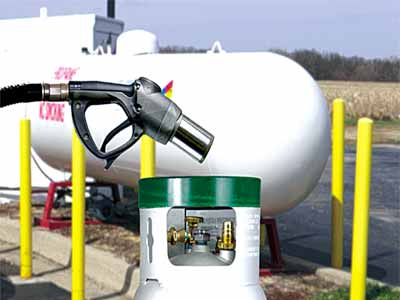
Chuks Isiwu
31 January 2018, Sweetcrude, Lagos – Nigeria is now about 70 percent compliant on gas flare exit, Minister of State for Petroleum Resources, Dr. Ibe Kachikwu, has disclosed.
The implication of this is that Nigeria is now utilising about 70 percent of the gas produced by oil firms in the process of crude oil production in one form or the other, including liquefaction and export, supply to power generating plants and for re-injection; while only about 30 percent is flared.
Revealing this in the latest edition of the Organisation of the Petroleum Exporting Countries, OPEC, Bulletin for December 2017-January 2018, Kachikwu said the plan by the Federal Government is “to take away the remaining 30 percent within the 2020 deadline”.
The Nigerian government had previously set 2020 deadline to end gas flaring, which is ten years ahead of the 2030 deadline set by the United Nations for the world to exit gas flaring.
Nigeria was previously the worst gas flaring nation in the world after Russia, but a number of Clean Development Mechanism, CDM, projects aimed at appropriate gas utilisation have helped the country improve its standing in the global gas flaring chart to the sixth position.
In the process of flaring the gas, Nigeria has been incurring losses in terms of revenue that would have accrued from the flared gas.
For instance, data released by the Nigerian National Petroleum Corporation, NNPC, in its Monthly Financial and Operations Report for September last year showed that the country lost $76.59 million (about N23.74 billion) in that month as oil and gas companies operating in the country flared 25.53 billion standard cubic feet, SCF, of gas in the month.
Kachikwu also disclosed that as part of efforts to effectively harness the nation’s abundant natural gas resources, the government would shift focus from oil to gas this year,
The minister, who who did not give further details on this plan, described Nigeria as a gas nation on account of its vast natural gas reserves, which totals over 190 trillion standard cubic feet.
“(In terms of) gas policy, we are going to try and change our dynamics from being an oil-producing country to being a gas producing country, because that is really what we are,” he said, adding: “Now we need to move from policies to directives”.
The government last month announced the existence of 178 gas flare sites in the country as it lamented “the burning of money that would have been used to generate wealth, create employment and also generate electricity for the people”.
“In this country, right now, we have 178 gas flare sites, of the 16,000 that we have globally in 19 countries. Daily, we flare around 755 million standard cubic feet per day. You can imagine how much we lose as a country, the carbon credit we would have gotten from this, the electricity we would have generated, the LPGs (liquefied petroleum gas) and the likes of those, even if they had have to go to any of the LNG (liquefied petroleum gas) trains,” a representative of the minister said at the Gas Buyers’ Forum, organised by the Gas Aggregation Company of Nigeria in Abuja.



